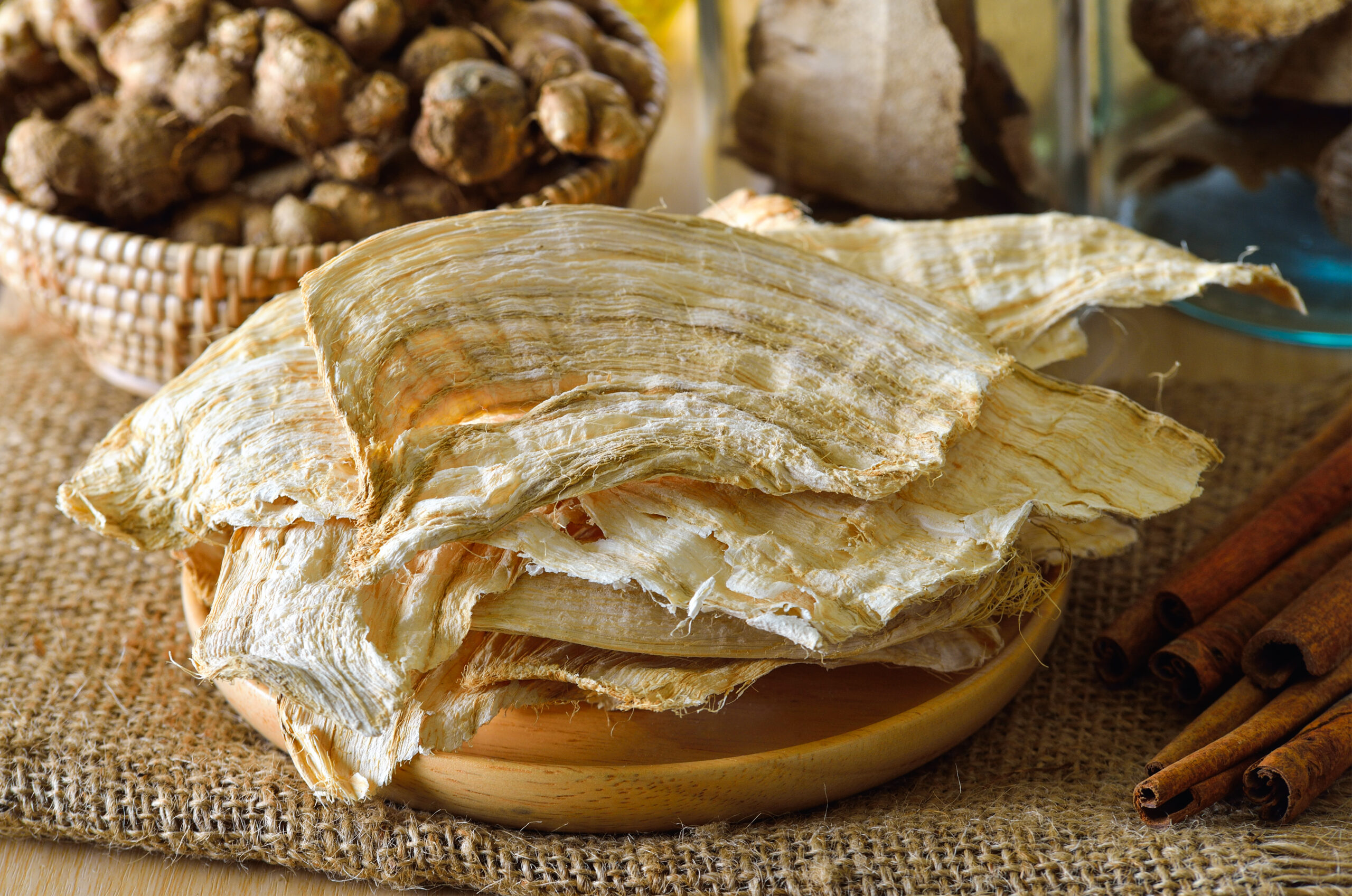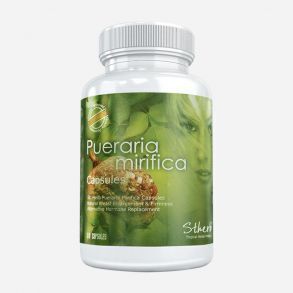Posted in Breast Stories | By Yasmin S.

Phytoestrogens are plant-based compounds that mimic estrogen in the body, offering potential relief for hormone-related symptoms. Two of the most widely known sources are Pueraria Mirifica, a Thai medicinal root, and soy isoflavones, commonly found in soybeans and soy products. But when it comes to effectiveness, which one is the better choice?
In this article, we compare Pueraria Mirifica and soy isoflavones in terms of their phytoestrogen strength, health benefits, safety, and ideal usage.
What Are Phytoestrogens?
Phytoestrogens are plant-derived compounds that can bind to estrogen receptors in the body. They are used for:
- Menopause symptom relief
- Bone health support
- Breast enhancement or balance
- Skin and vaginal health
Not all phytoestrogens are equally strong or act in the same way. That’s where differences between sources like Pueraria Mirifica and soy become important.
Pueraria Mirifica: A Potent Thai Herb
Pueraria Mirifica (Kwao Krua Kao) is native to Thailand and has been used traditionally by postmenopausal women for rejuvenation. It contains unique phytoestrogens such as:
- Deoxymiroestrol
- Miroestrol
These compounds are considered significantly more estrogenic than soy isoflavones — in some studies, up to 1,000 times stronger.
Key Benefits:
- Relief from hot flashes and night sweats
- Breast enhancement (increased firmness and size)
- Vaginal moisture and elasticity improvement
- Skin rejuvenation and anti-aging effects
Best suited for:
Women seeking stronger estrogenic effects, especially during perimenopause or menopause.
Soy Isoflavones: Widely Available but Milder
Soy isoflavones (such as genistein and daidzein) are weaker phytoestrogens commonly used in supplements and diets. While they are beneficial, their effects are milder and slower.
Key Benefits:
- Mild relief from menopausal symptoms
- May help reduce risk of certain cancers and heart disease
- Supports bone density over time
- Easy to find in food form (tofu, soy milk, etc.)
Best suited for:
People who prefer dietary approaches, want gradual hormonal support, or have mild symptoms.
Clinical Evidence: What Do Studies Say?
Pueraria Mirifica:
Clinical trials have shown that women taking standardized Pueraria Mirifica supplements report significant reductions in menopausal symptoms within 8–12 weeks, along with improvements in skin hydration and libido.
Soy Isoflavones:
Studies show soy isoflavones can reduce hot flashes and support bone density, but results vary more and often take several months to show mild effects.
Safety and Considerations
Pueraria Mirifica
- Generally safe when taken in proper doses
- Not recommended for women with hormone-sensitive cancers
- Effects may be too strong for young women under 30 unless guided by a specialist
Soy Isoflavones
- Considered very safe even for long-term use
- Well-tolerated in most diets
- May be suitable for individuals with mild estrogen imbalance or dietary preference
Final Verdict: Which One Works Better?
Choose Pueraria Mirifica if you are over 35, entering menopause, or seeking stronger hormonal effects, such as breast enhancement or relief from severe menopausal symptoms.
Choose Soy Isoflavones if you prefer a gentle, dietary solution or have mild hormonal issues.
Each has its place, depending on your body’s needs and your health goals.
Visit us at: https://puerariamirifica.com/product-category/products/








